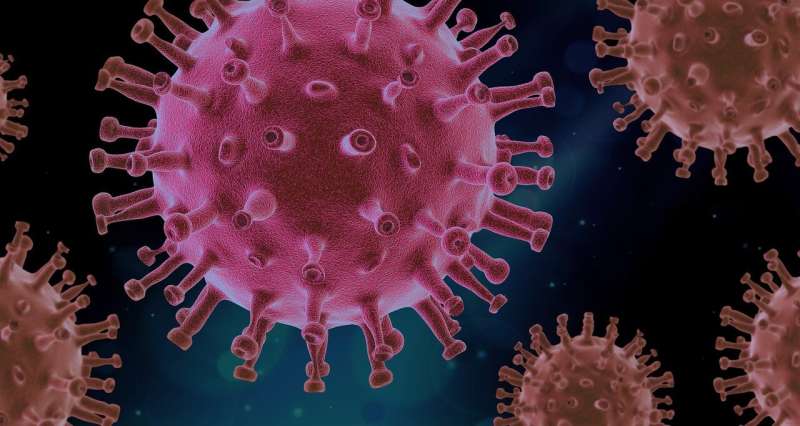New Research Highlights Diagnostic Gaps in Autism Spectrum Disorder for Girls

Recent research uncovers gender-specific differences in autism symptoms, highlighting the need for revised diagnostic criteria to improve early detection in girls. Learn more about this groundbreaking study from the University of Minnesota.
A recent study conducted by researchers at the University of Minnesota has uncovered significant insights into how autism spectrum disorder (ASD) presents differently in girls compared to boys. Historically, autism has been viewed as a male-dominant condition, with three to four boys diagnosed for every girl, and females often receive diagnoses later in life. This new research emphasizes that existing diagnostic tools and criteria may overlook many girls exhibiting autism-related traits, primarily because their symptoms differ from traditional presentations.
The study, led by Dr. Casey Burrows, analyzed 18 years of data involving over 4,000 children, including siblings of autistic children, who are at an increased risk of developing ASD. By focusing on this high-risk group, the researchers aimed to reduce biases inherent in studies that only consider children who come to clinical attention independently. The findings revealed that girls with autism often display milder symptoms and are less likely to show early indicators such as eye contact difficulties, which are typically associated with autism in males.
Importantly, the research found that when measurement tools were adjusted to account for sex differences, females appeared to have fewer and less severe symptoms than previously thought. This suggests that current diagnostic standards, which do not consider sex-related variations, may be contributing to underdiagnosis in girls.
Burrows stated that sex-related biases are embedded within the current ASD identification system. She advocates for the development of sex-specific diagnostic thresholds and expanded criteria that recognize traits more common in females, such as milder social difficulties and inflexible behaviors. Recognizing these differences could lead to earlier and more accurate diagnoses for girls.
Additional insights from co-author Jed Elison highlight that differences in language and social development between boys and girls should be considered in autism research. Given that ASD primarily involves social challenges and language delays, understanding gender-based developmental variations could improve diagnostic precision.
Overall, this study underscores the importance of revising current practices to ensure better detection of autism in girls, ultimately leading to more timely interventions and support.
Stay Updated with Mia's Feed
Get the latest health & wellness insights delivered straight to your inbox.
Related Articles
Empagliflozin Provides Kidney Protection and Heart Failure Risk Reduction in Acute Myocardial Infarction Patients
Empagliflozin shows promise in protecting kidney function and reducing heart failure risk in patients after acute myocardial infarction, according to recent research.
New Monthly Obesity Injection Demonstrates Significant Weight Loss in Clinical Trial
A new monthly injectable drug, MariTide, shows promising results in clinical trials, helping adults with obesity lose up to 20% of their body weight over a year, marking a significant advancement in obesity treatment.
The Impact of COVID-19 Conspiracy Theories on Pandemic Prevention Efforts
Conspiracy theories about COVID-19's origins are undermining global efforts to prevent future pandemics by eroding trust in science and hindering effective research and policy measures.
Innovative Validated Tool Developed to Assess Performance of Bone-Anchored Prostheses Post-Amputation
A new assessment tool developed at CU Anschutz accurately measures mobility and donning efficiency in bone-anchored prosthesis users, improving patient care and quality of life.



